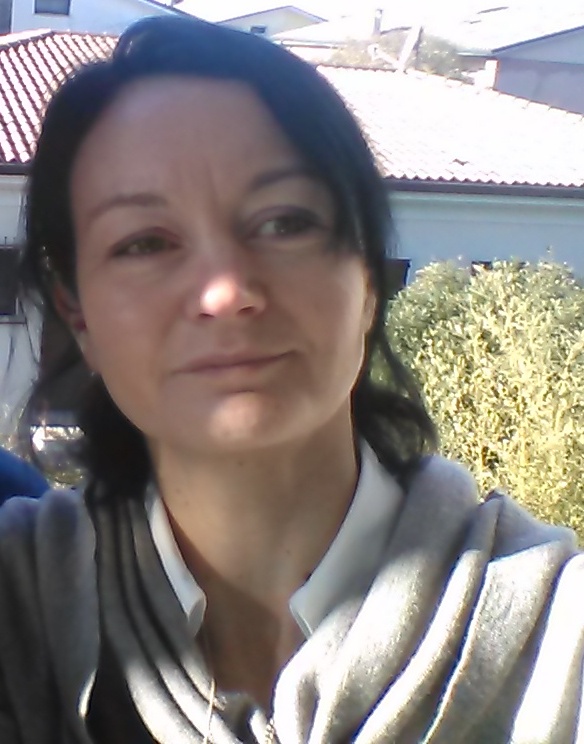
Paola Brun
University of Padova
Italy
Title: Increasing concentration of self-assembling peptides finely tunes properties of electrospun scaffolds and improves osteoblast cells adhesion.
Biography
Biography: Paola Brun
Abstract
Hydrogels are water-swollen insoluble polymeric networks, structurally similar to the extracellular matrix of many tissues. We previously reported that hydrogels tailored using particular physiological fibrils of self-assembling peptides (SAPs, e.g. EAK, RGD-EAK, EAbuK) specifically support adhesion and proliferation of osteoblast cells (Acta Biomaterialia, 2011). However, since SAPs hydrogels are characterized by relatively modest moduli (up to 10 kPa), they are hardly applicable as scaffolds for the treatment of bony defects. In the effort to optimize the extracellular matrix mimetic biocompatibility and stiffness, in this study different SAPs at increasing concentrations were electrospun with poly-É›-caprolactone (PCL). By electron microscopy, FT-IR, XPS, and contact angle measurements we found that the percentages of peptides embedded in the scaffolds directly correlates with the diameters of the electrospun fibers and the hydrophilicity of the matrix surfaces. Moreover the enrichment of PCL with SAPs at different concentrations resulted in different trends in tensile modulus, stress and strain. Biological assays reported that matrices characterized by increased hydrophilicity and proper fiber diameter promoted human osteoblast cells adhesion, supported calcium deposition and increased osteoblast-related genes expression. Thus, 10% RGD-EAK motif induced expression of integrin-binding sialoprotein, osteonectin, and runt-related transcription factor 2 mRNA specific transcript levels as determined by quantitative RT-PCR. In conclusion, increasing concentrations of SAPs modulated the physical properties of PCL scaffolds and in particular rectified the softness of SAPs hydrogels.
